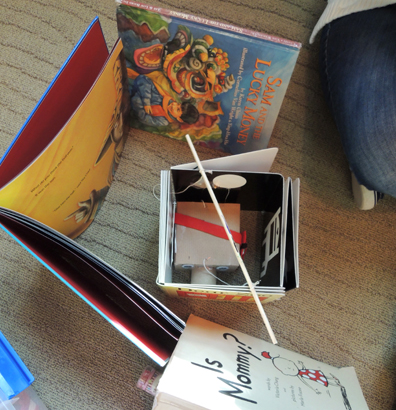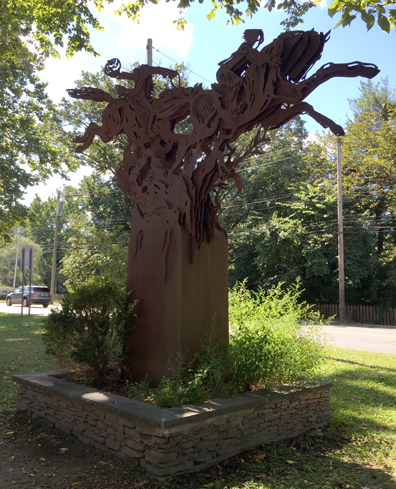
When the pumpkins begin to grow ripe on the vine, my thoughts always turn to my favorite spooky story since childhood, Washington Irving’s The Legend of Sleepy Hollow. I’ve always wanted to visit Sleepy Hollow and walk across that famous bridge, and this past weekend, I got my chance!
The tale was first published in 1820, and begins in Tarrytown, New York, on the banks of the Hudson river. Sleepy Hollow is a quiet glen a few miles away. Tarrytown most definitely exists, and North Tarrytown was officially renamed Sleepy Hollow in 1996. Here you will find all the famous sites, such as the cemetery where the Headless Horseman is said to materialize.
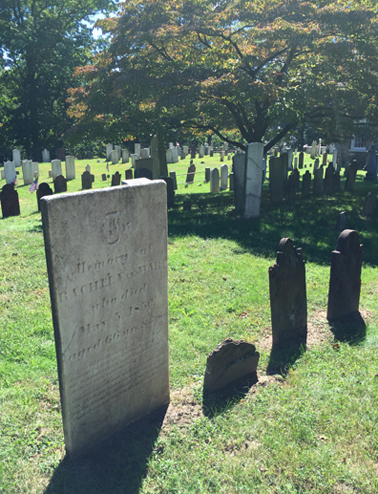
I love the graphics on top of this historical sign…
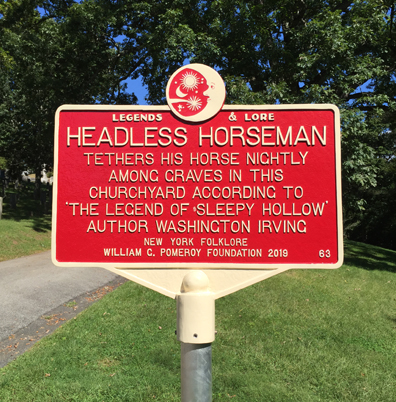 The churchyard is part of the Old Dutch Church of Sleepy Hollow, which was constructed in the 17th century. Featured in Irving’s short story, it’s one of the of the oldest churches in New York State.
The churchyard is part of the Old Dutch Church of Sleepy Hollow, which was constructed in the 17th century. Featured in Irving’s short story, it’s one of the of the oldest churches in New York State.
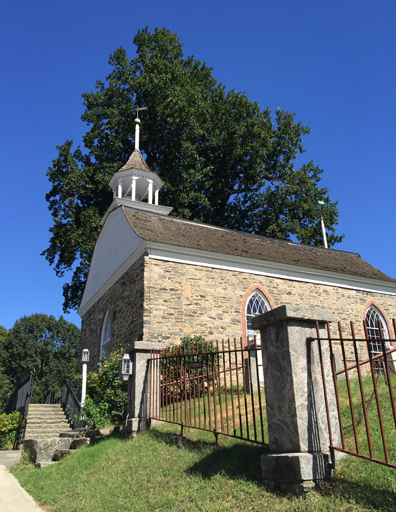 From the church, we headed down to the FAMOUS BRIDGE. Which, as it turns out, is the “is the most popular destination in Sleepy Hollow that doesn’t exist.” Because the simple 1700s wooden bridge that inspired Irving has long since disintegrated (you can read a little more bridge history here).
From the church, we headed down to the FAMOUS BRIDGE. Which, as it turns out, is the “is the most popular destination in Sleepy Hollow that doesn’t exist.” Because the simple 1700s wooden bridge that inspired Irving has long since disintegrated (you can read a little more bridge history here).
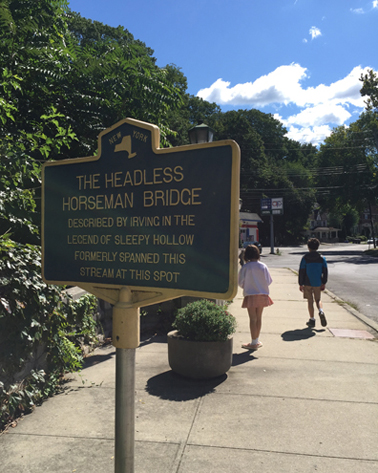 The bridge is located in a pretty major intersection with a gas station nearby. So it’s almost a blink-and-you’ll-miss-it historical literary moment. Here’s the bridge as it stands today…
The bridge is located in a pretty major intersection with a gas station nearby. So it’s almost a blink-and-you’ll-miss-it historical literary moment. Here’s the bridge as it stands today…
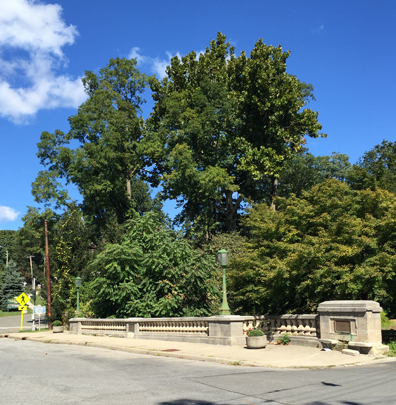
And here’s a postcard image of the historic bridge! With the logs, the stonework, and the silken water…you can absolutely imagine being clocked by a pumpkin at a ghostly hour.
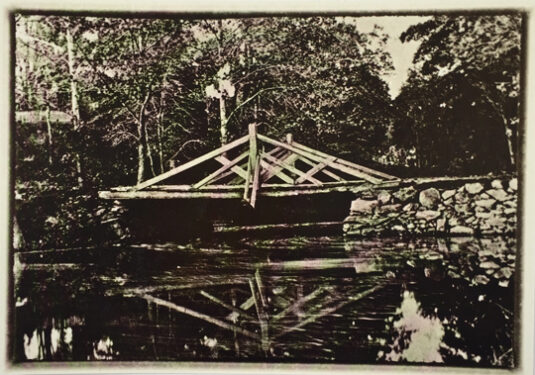 Not far from the bridge is the town’s official statue, depicting Ichabod’s fatal race home. This was a bit of a surprise too. I expected something more traditional. But I like the metal layers on this interpretation – they’re almost like a paper cut silhouettes. Unveiled Halloween 2006, the statue was designed by artist Linda Perlmutter, and fabricated by MILGO/BUFKIN.
Not far from the bridge is the town’s official statue, depicting Ichabod’s fatal race home. This was a bit of a surprise too. I expected something more traditional. But I like the metal layers on this interpretation – they’re almost like a paper cut silhouettes. Unveiled Halloween 2006, the statue was designed by artist Linda Perlmutter, and fabricated by MILGO/BUFKIN.
 The Sleepy Hollow cemetery, church, bridge, and statue are all across the street from the Philipsburg Manor Upper Mills, which is a restored 18th century living-history museum (you can read more here). It’s currently closed for restoration work.
The Sleepy Hollow cemetery, church, bridge, and statue are all across the street from the Philipsburg Manor Upper Mills, which is a restored 18th century living-history museum (you can read more here). It’s currently closed for restoration work.
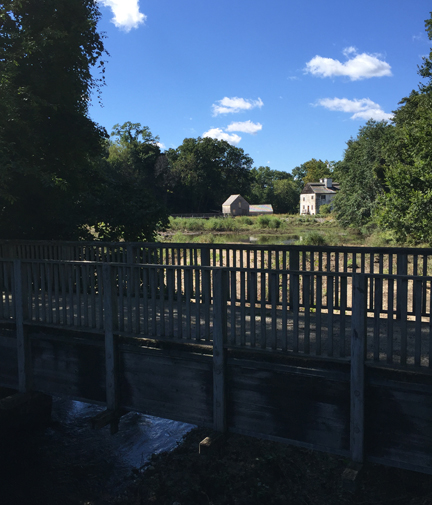 We also got an unexpected surprise at the nearby Philipse Manor train station, which operates on the Metro-North Railroad’s Hudson Line. The station’s pedestrian bridge had really cool stained glass windows…
We also got an unexpected surprise at the nearby Philipse Manor train station, which operates on the Metro-North Railroad’s Hudson Line. The station’s pedestrian bridge had really cool stained glass windows…
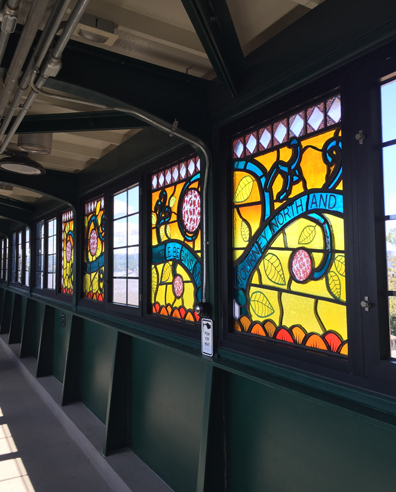 And check out the VIEW of the Hudson River on the other side!
And check out the VIEW of the Hudson River on the other side!
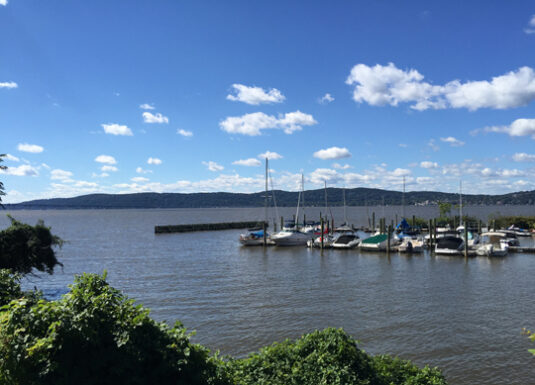
I also recommend heading to Patriot Park, which is on the border of Sleepy Hollow and Tarrytown. It boasts stone bridges, staircases, and water. And plenty of green space to run around on!
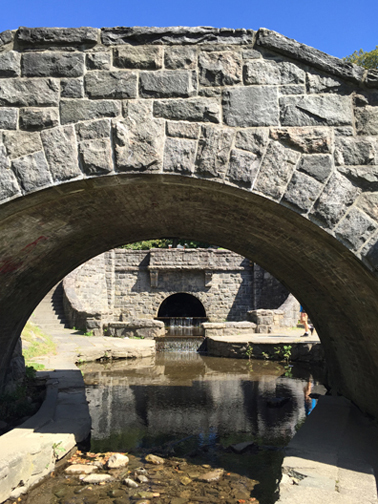 At this point, we were getting hungry, so we headed over to Tarrytown for some bites. Main Street was charming, walk-able, and there were plenty of eateries to chose from.
At this point, we were getting hungry, so we headed over to Tarrytown for some bites. Main Street was charming, walk-able, and there were plenty of eateries to chose from.
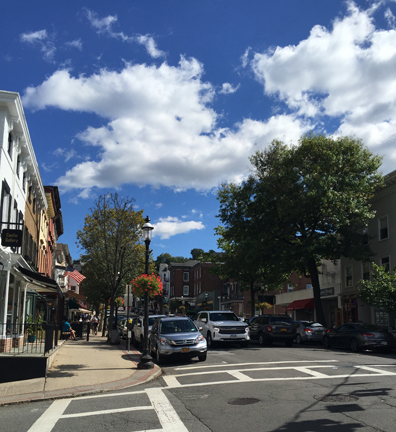 One other building of note is the historic Tarrytown Music Hall, a 136 year-old historic theater. Supposedly haunted, and yes, they DO have ghost tours. And yes, I’m definitely kicking myself for not thinking of buying tickets in advance of my trip!
One other building of note is the historic Tarrytown Music Hall, a 136 year-old historic theater. Supposedly haunted, and yes, they DO have ghost tours. And yes, I’m definitely kicking myself for not thinking of buying tickets in advance of my trip!
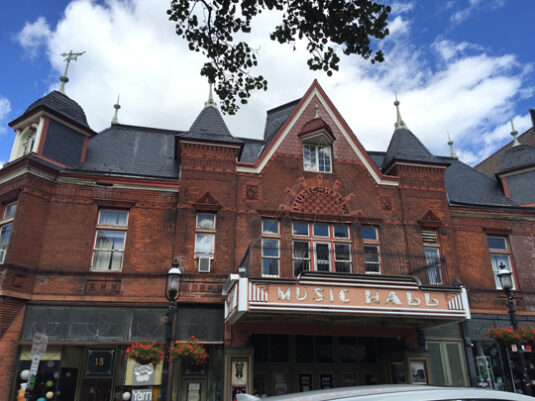 The sun was starting to set as we headed back to New Jersey with haunted places still on our minds. This Halloween, when I revisit Irving’s tale, I’ll actually be able to say that I’ve walked through the cemetery, stood next to the church, and crossed the bridge! How awesome is that?
The sun was starting to set as we headed back to New Jersey with haunted places still on our minds. This Halloween, when I revisit Irving’s tale, I’ll actually be able to say that I’ve walked through the cemetery, stood next to the church, and crossed the bridge! How awesome is that?


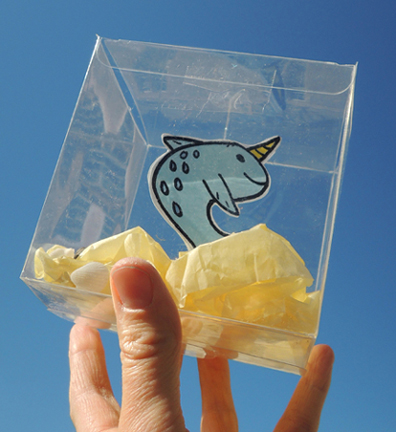
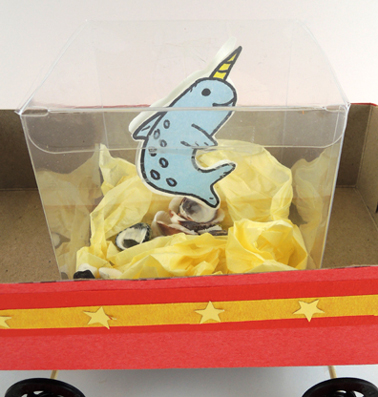
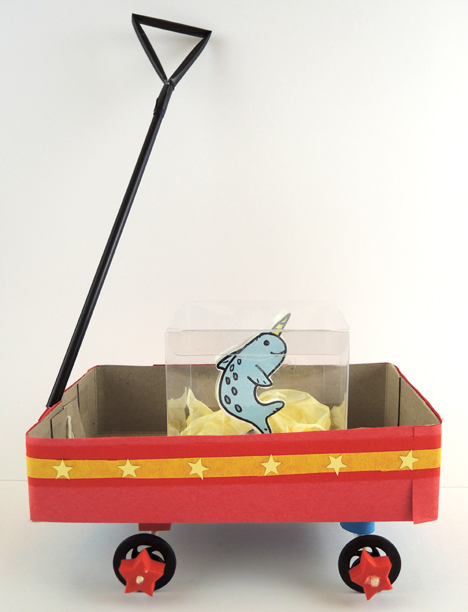 If you’d like to make this awesome tissue box wagon for your narwhal to ride in, you’ll find the instructions in
If you’d like to make this awesome tissue box wagon for your narwhal to ride in, you’ll find the instructions in 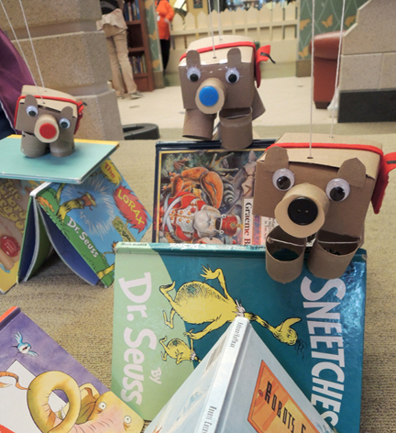 This intrepid bear marionette marches over all obstacles in our library landscape… searching for new friends and a cozy place to call home!
This intrepid bear marionette marches over all obstacles in our library landscape… searching for new friends and a cozy place to call home!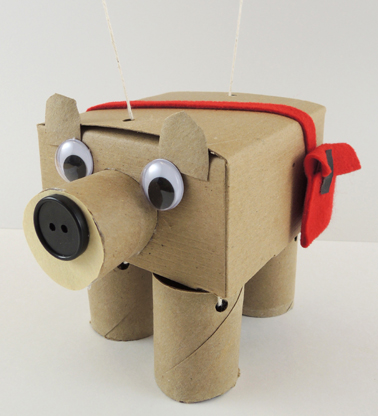 This marionette is designed with simplicity in mind! First, cut the bottom off a small box.Then cut the box down to about 2.25″ tall. Punch two holes in the top of the box, and thread a 29″ piece of string up and out of both holes like so:
This marionette is designed with simplicity in mind! First, cut the bottom off a small box.Then cut the box down to about 2.25″ tall. Punch two holes in the top of the box, and thread a 29″ piece of string up and out of both holes like so: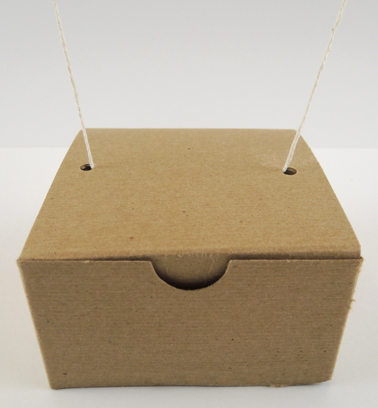 Tie the free ends of the string to a wooden dowel rod. If the top of your box has a lid like ours did, make sure to tape it down tightly.
Tie the free ends of the string to a wooden dowel rod. If the top of your box has a lid like ours did, make sure to tape it down tightly.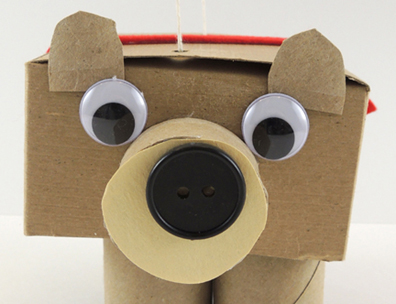 To make the bear’s legs, cut 2 toilet paper tubes in half. Punch 2 holes in the top of a half, then thread a 10″ piece of string through the holes like this:
To make the bear’s legs, cut 2 toilet paper tubes in half. Punch 2 holes in the top of a half, then thread a 10″ piece of string through the holes like this: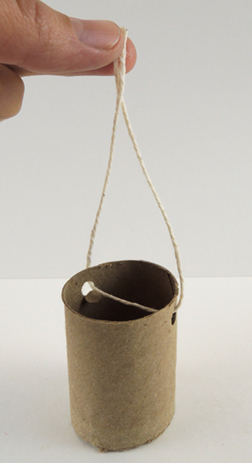 Repeat the above steps with the remaining three legs, then tape all 4 legs to the inside “ceiling” of the box. Here’s a shot of the underside of the box with the leg strings taped in place.
Repeat the above steps with the remaining three legs, then tape all 4 legs to the inside “ceiling” of the box. Here’s a shot of the underside of the box with the leg strings taped in place.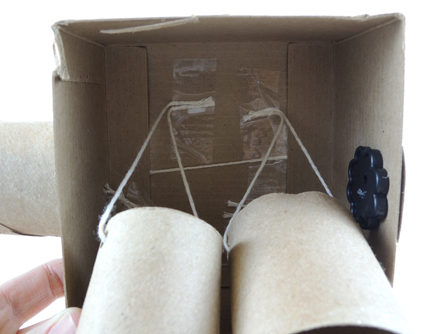 Did you notice the black button in the image above? We hot glued that to the inside rear of the bear to counterbalance the button on the bear’s snout. It helps keep the marionette from leaning forward too much.
Did you notice the black button in the image above? We hot glued that to the inside rear of the bear to counterbalance the button on the bear’s snout. It helps keep the marionette from leaning forward too much. When the bear marionettes were finished, we encouraged kids to pull books off the shelves and use them to create mountains, walls, ramps, bridges, and paths for their bears to travel across. A few kids also made cozy little places for the bear to nap. Awwwww!
When the bear marionettes were finished, we encouraged kids to pull books off the shelves and use them to create mountains, walls, ramps, bridges, and paths for their bears to travel across. A few kids also made cozy little places for the bear to nap. Awwwww!